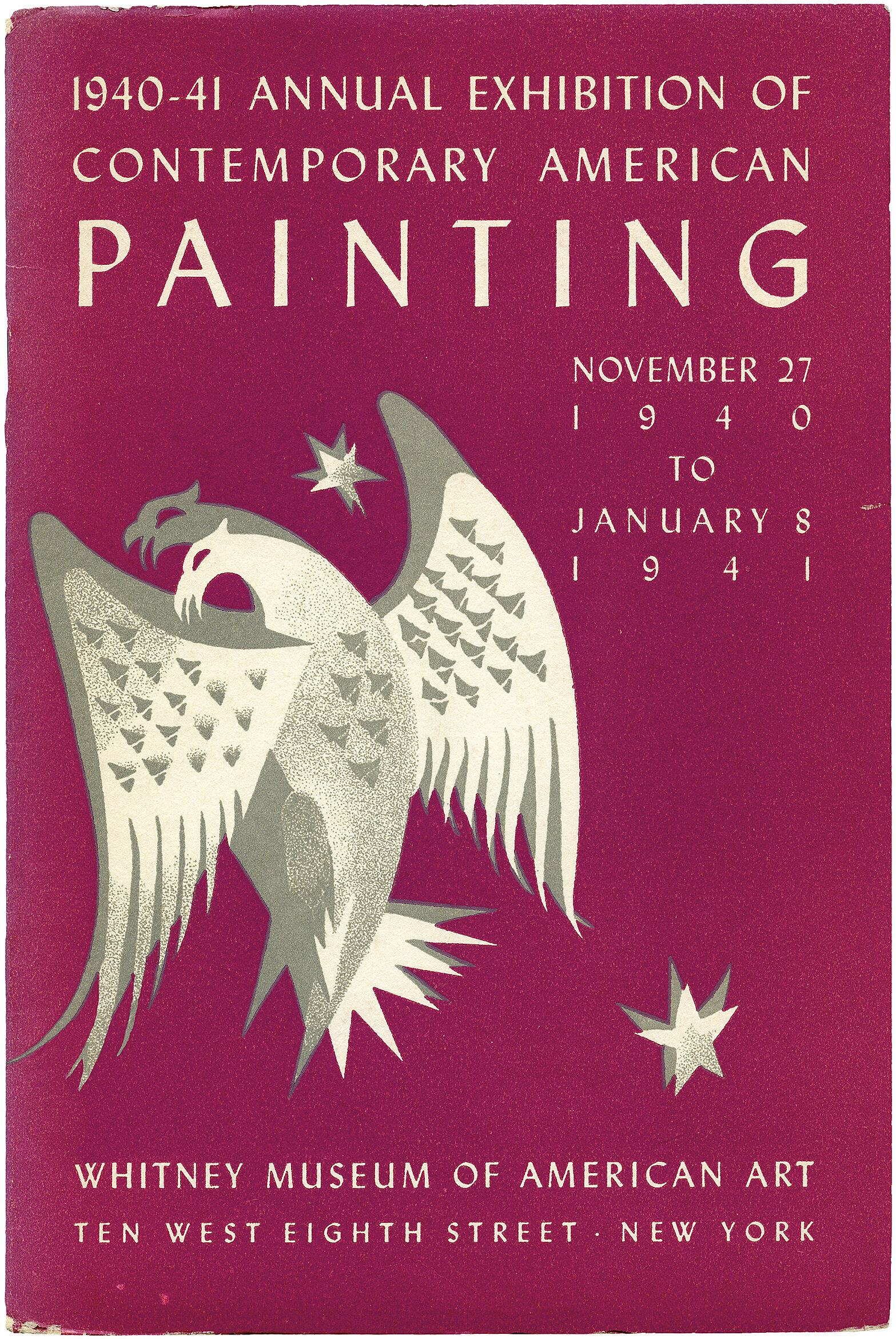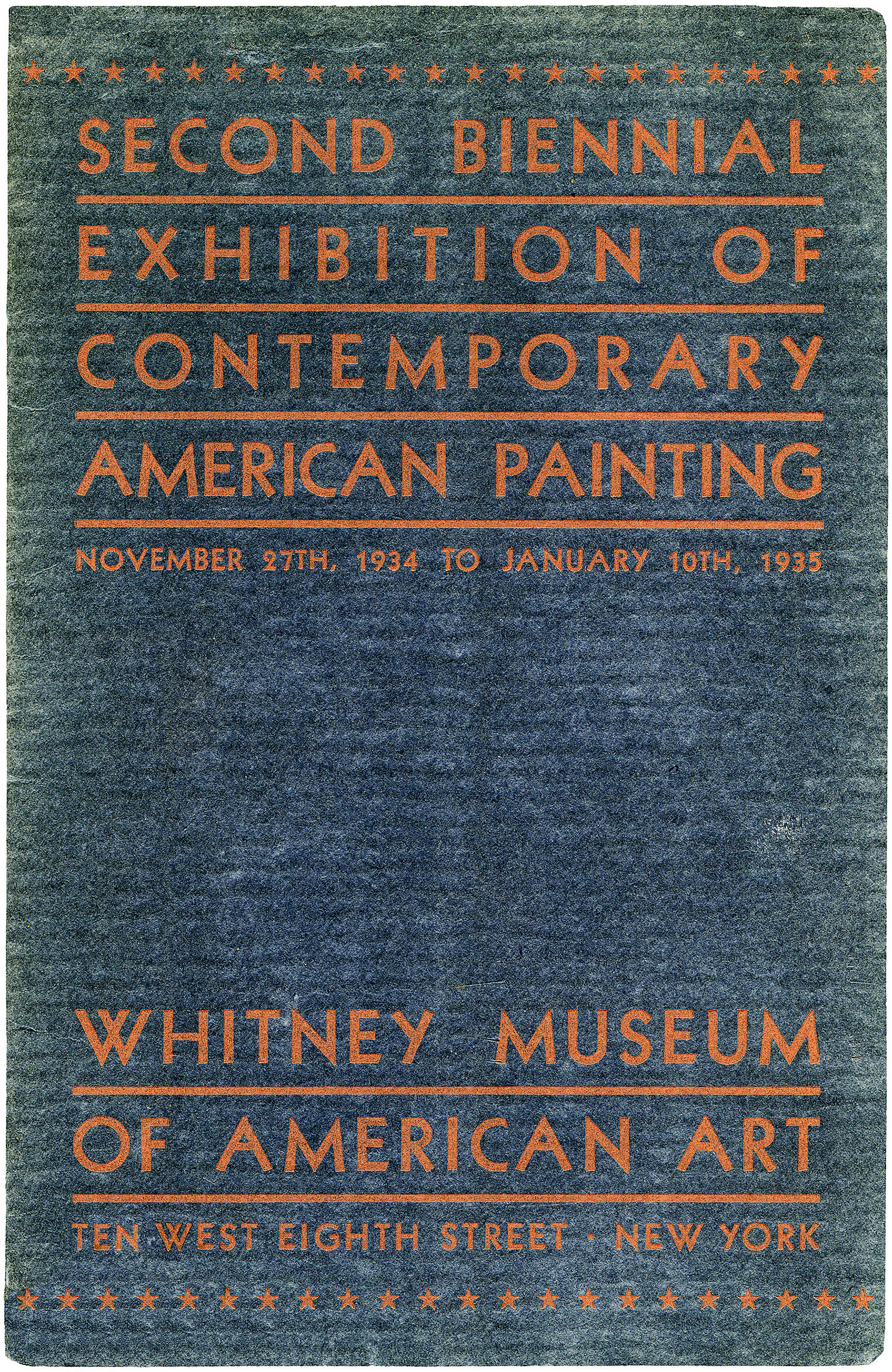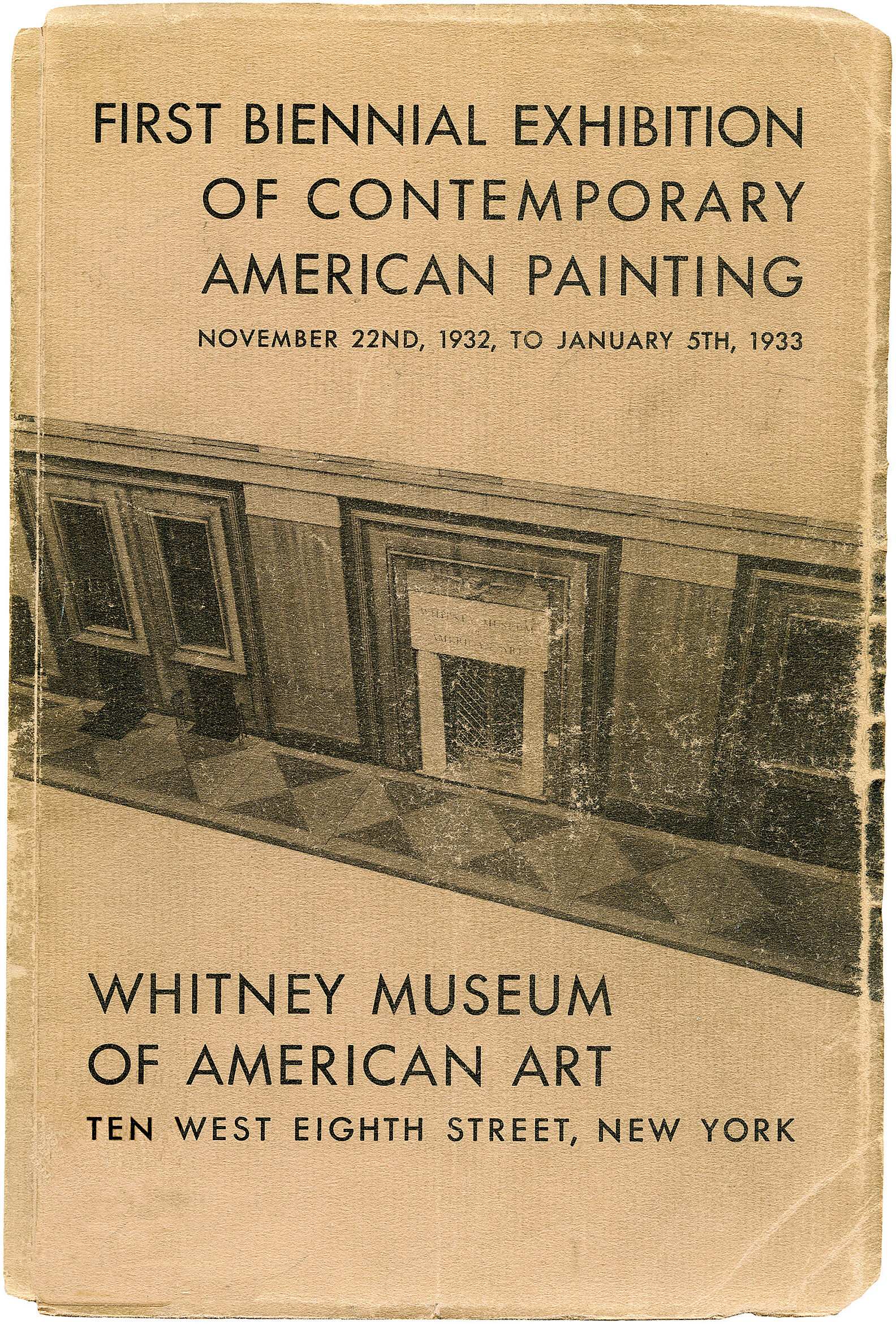Harold Weston
1894–1972
Introduction
Harold Weston (February 14, 1894 – April 10, 1972) was an American modernist painter, based for many years in the Adirondack Mountains, whose work moved from expressionism to realism to abstraction. He was collected by Duncan Phillips (now the Phillips Collection), widely exhibited in the 1920s and 1930s, and painted murals under the Treasury Relief Art Project for the General Services Administration. In later life he was known for his humanitarian food relief work during World War II and his arts advocacy that led to the passage of the National Endowment for the Arts and Humanities Act of 1965. Weston's most recent museum exhibition was at the Shelburne Museum in Vermont, and his most recent gallery exhibition was at Gerald Peters Gallery in New York City.
Wikidata identifier
Q5662727
Information from Wikipedia, made available under the Creative Commons Attribution-ShareAlike License . Accessed December 18, 2025.
Introduction
American muralist.
Roles
Artist, muralist, painter
ULAN identifier
500006170
Names
Harold Weston, Harold F. Weston, Weston
Information from the Getty Research Institute's Union List of Artist Names ® (ULAN), made available under the ODC Attribution License. Accessed December 18, 2025.



